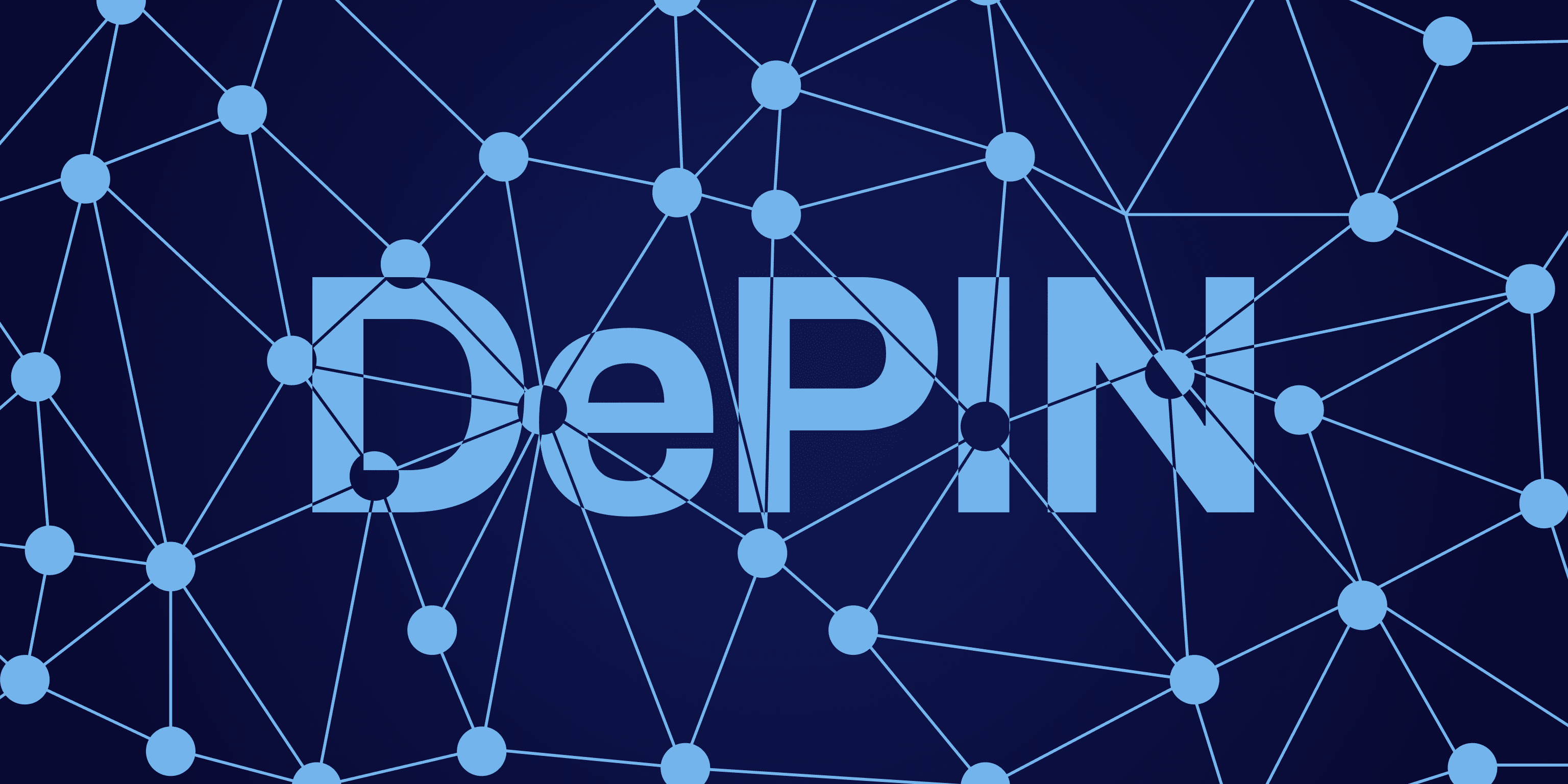|
Getting your Trinity Audio player ready...
|
The digital revolution has been driven by the rise of blockchain technology, with innovations like decentralized finance (DeFi) and non-fungible tokens (NFTs) transforming how we interact with the financial world. But blockchain’s potential extends far beyond the virtual realm. Enter Decentralized Physical Infrastructure Networks (DePINs), a groundbreaking concept poised to reshape industries and empower individuals in unprecedented ways.
DePINs leverage blockchain technology and decentralization principles to revolutionize physical infrastructure, the backbone of our society. This includes everything from energy grids and supply chains to telecommunication networks and data storage. DePINs enable real-time, autonomous interactions within these systems through smart contracts and the Internet of Things (IoT), boosting responsiveness and adaptability to user demands.
From Speculative Investments to Real-World Impact
Beyond the initial focus on cryptocurrencies like Bitcoin and altcoins, DePINs represent a paradigm shift for how blockchain impacts everyday lives. By integrating blockchain into physical systems, DePINs enhance security, efficiency, and transparency. This can be seen in applications like:
- Renewable Energy Grids: DePINs enable peer-to-peer trading of excess solar energy, fostering a more sustainable and efficient energy ecosystem. Blockchain records every transaction, ensuring transparency and trust between participants.
- Supply Chain Management: DePINs offer immutable records of product provenance, guaranteeing authenticity and visibility from manufacturing to delivery.
The DePIN Ecosystem: A Collaborative Force
DePINs operate on a foundation of collaboration and distributed ownership. Here are some key components of the DePIN ecosystem:
- Decentralized Autonomous Organizations (DAOs): These self-governing entities empower stakeholders to jointly manage and direct the network’s development.
- Renewable Energy Integration: Sustainable power sources for blockchain operations and IoT devices minimize the environmental impact of DePINs.
The Evolution of DePINs
The seeds of DePINs were sown with early blockchain projects like Power Ledger and OpenBazaar, which demonstrated the potential for decentralized energy distribution and e-commerce. As the concept gained traction, new initiatives emerged, expanding the scope of DePINs:
- Helium: This project utilizes blockchain to create a decentralized wireless network, rewarding individuals for providing coverage and connectivity.
- Render: This platform offers a decentralized cloud computing solution, providing scalable and cost-effective infrastructure.
- Filecoin: This network leverages blockchain to establish secure, distributed data storage, incentivizing participants to rent out unused storage space.
Demystifying How DePINs Work
DePINs operate by distributing control and management across a network, eliminating centralized control by a single entity. Here’s a breakdown of how DePINs function in different sectors:
- Energy Industry (e.g., Decentralized Energy Grids): Homes with solar panels can sell excess energy directly to the grid or neighbors, bypassing traditional utility companies. Smart contracts automate transactions based on pre-defined conditions, ensuring efficient energy distribution.
DePINs vs. DeRENs: Understanding the Differences
While DePINs focus on the physical aspects of decentralized systems, Decentralized Resource Networks (DeRENs) prioritize virtual and resource-based elements. DePINs build decentralized networks for physical infrastructure, aiming to improve accessibility, efficiency, and resilience. DeRENs, on the other hand, emphasize the peer-to-peer exchange of resources like storage, processing power, and even financial assets.
Also Read: EigenLayer: Explained – Boosting Security and Revenue for Ethereum Developers
Opportunities and Challenges: A Look Ahead
DePINs offer a promising future for infrastructure, promoting decentralized control, equitable resource access, and sustainability. However, challenges like:
- Regulations: Industries like telecoms are heavily regulated, requiring constructive dialogue between regulators and DePIN projects.
- Scalability: Scaling DePIN applications efficiently requires blockchains with features like high transaction throughput and low transaction fees.
The Road to a Decentralized Future
DePINs leverage blockchain, IoT, and renewable energy to create resilient, efficient, and community-driven infrastructure. From optimizing resource utilization to democratizing access to essential services, the potential impact of DePINs is vast. But unlocking this potential requires collaboration, regulatory support, and continuous technological innovation. By overcoming existing hurdles, DePINs have the power to transform the future of infrastructure, empowering individuals and communities to build a more decentralized, equitable, and sustainable world.




